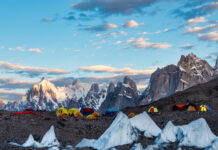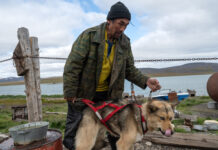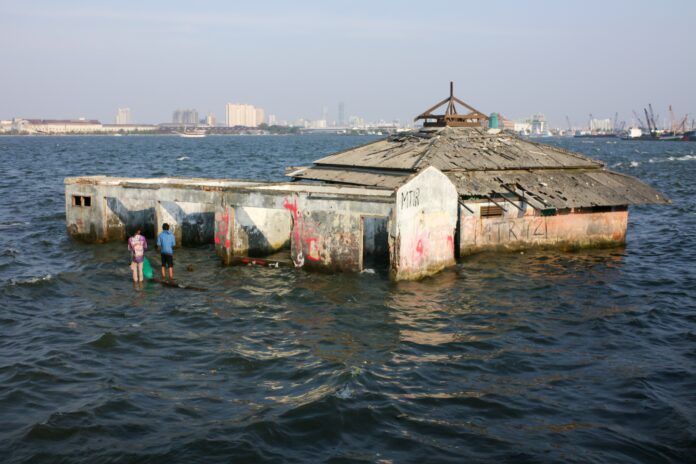
Text by Benjamin P.Horton
340 MILLION people are at risk of flooding from sea-level rise by 2050.
We know that rising sea levels affect every coastal nation. But in the coming decades, the greatest effects will be felt in the Asia region, due to the number of people living in the continent’s low-lying coastal areas.
Eight Asian countries: China, Bangladesh, India, Vietnam, Indonesia, Thailand, the Philippines, and Japan are home to the most people on land projected to be below average annual coastal flood levels by 2050. Together, these eight nations account for roughly 70 percent of the 340 million people on land facing flooding from sea-level rise by the middle of the 21st century.
Unfair Outcomes
Most people will be surprised to learn that just as the surface of the Earth isn’t flat, neither is the ocean. This means the amount of sea-level rise will vary from place to place. Local sea-level trends reflect the influence of land subsidence or uplift due to geological and human-induced processes, coupled with the influence of ocean currents and gravity. The relative influence of these processes determines whether rates of local sea-level change are higher or lower than the global average, and by how much.
In coastal areas, sinking land, known as subsidence, leads to higher sea levels and increased flood risk. One of these hotspots is Jakarta, which is slowly sinking towards the current sea level as the aquifers it sits above are drained. Jakarta is subsiding about one to 15 centimetres per year, making it one of the fastest-sinking cities in the world. Indeed, it was reported that President Joko Widodo announced that the capital of Indonesia would need to move from Jakarta due to rising sea levels and the risk of building collapse.
Antarctica is twice the size of Australia – about 20,000 times the size of Singapore – and contains enough water to raise sea levels by 65 metres. But it is now Greenland that is the biggest contributor to global sea-level rise. The island country lost about 51 billion tonnes of ice to the ocean between 1980 and 1990, increasing to 286 billion tonnes between 2010 and 2018. That is a staggering 76 trillion gallons of water added to the ocean each year. If all the ice in Greenland melted, it would raise global sea levels by seven metres.
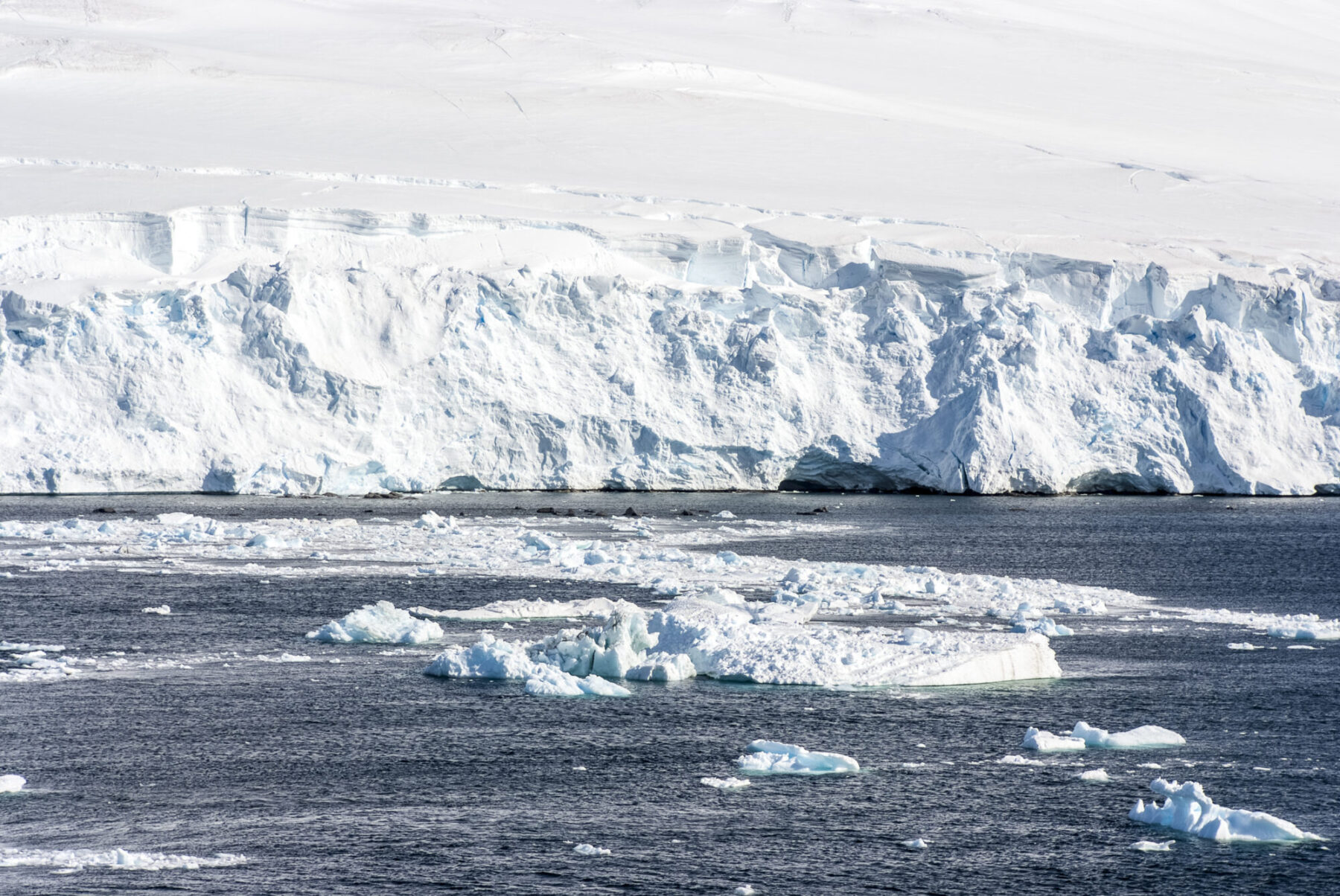
A Late Reaction
Here’s a depressing fact: sea-level rise through to 2050 is fixed.
No matter how quickly nations lower emissions now, the world is looking at about 15 to 30 centimetres of sea-level rise through the middle of the century, given the long-drawn impact of global warming on the oceans and ice sheets. Even under a stable climate, sea-level rise is expected to continue slowly for centuries. Beyond 2050, sea-level rise becomes increasingly susceptible to the world’s emission choices. If countries choose to continue their current paths, greenhouse gas emissions will likely result in 3–4°C of warming by 2100, and a sea-level rise of up to 0.8 metres. Under the most extreme emissions scenario, rapid ice sheet loss from Greenland and Antarctica could lead to a sea-level rise approaching 2 metres by the end of this century and over 5 metres by 2150.
Hope rises
But there is hope. Attitudes towards climate change have shifted. Where once there was ignorance, inattention, and disbelief about climate change, there is now concern. It’s a start. Volunteering and spreading awareness about the effects of climate change, paired with attempting to live a more sustainable life, can make all the difference.
Technological advances are also a cause for hope. Solar and wind energy and battery technology are now cheaper, and their efficiency is getting better. New technologies, including artificial intelligence, also offer the prospect of huge improvements in the energy efficiency of transport systems, building operations, manufacturing processes and food production. Ways to remove carbon dioxide from the atmosphere also offer hope, not only to reach net-zero emissions, but in eventually reversing climate change.
The planet’s oceans, forests and grasslands absorb huge quantities of carbon dioxide through photosynthesis, much of which is stored in plants or the soil, creating major global carbon sinks. By preserving and expanding forests, indeed by using green infrastructure, these sinks could be made larger. Taking greater care of the ocean and land is not only important to preserve biodiversity but is also a key piece to climate change mitigation.
We need to identify the potential solutions that could reduce flood risk from sea-level rise in ways that support the long‐term resilience and sustainability of communities and the environment, and that reduce the economic costs and risks associated with flood damage.
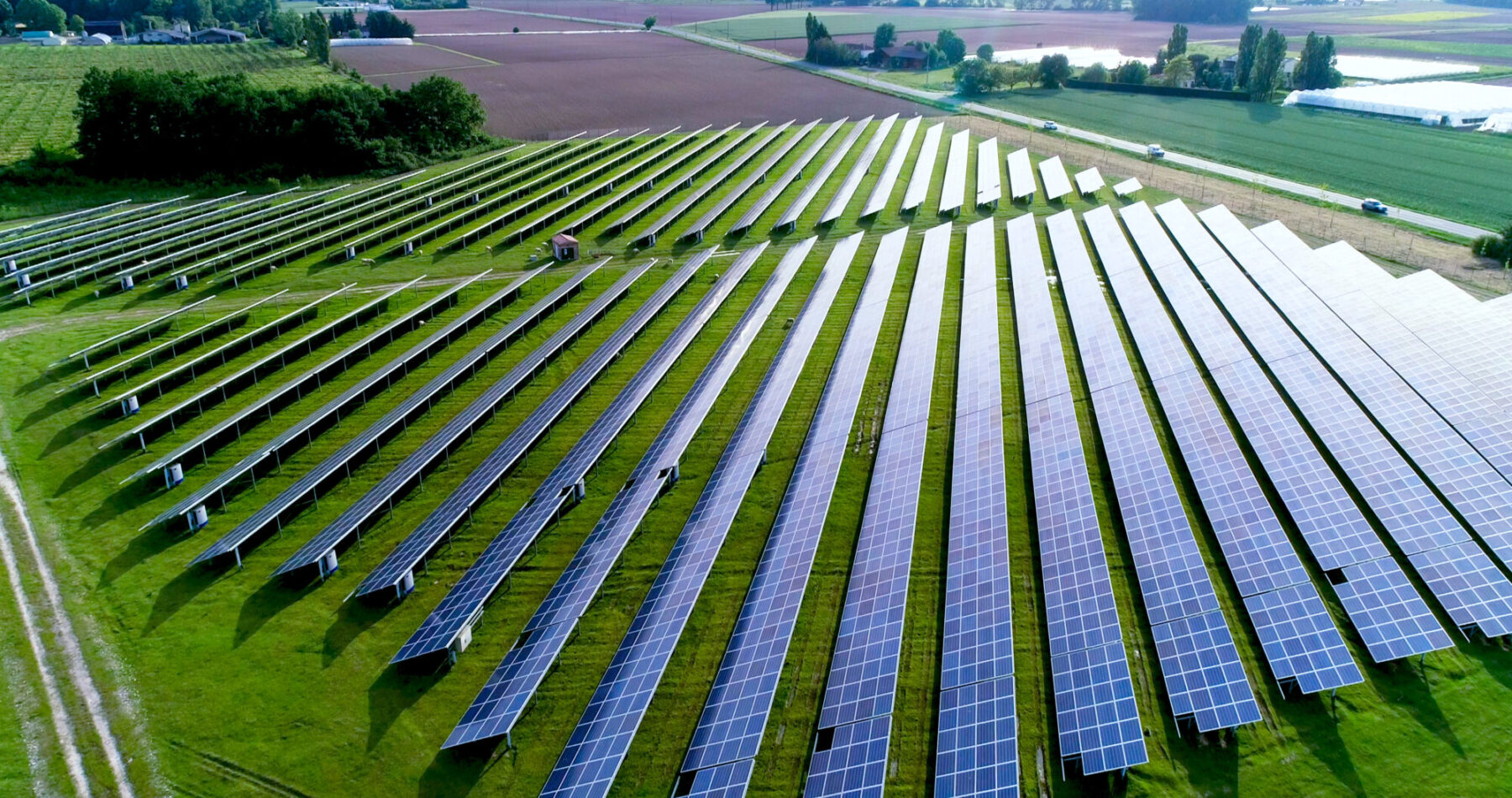
There are three options for adaptation:
First, there is infrastructure that defends against floods and keeps tidal waters at bay, such as bulkheads, pumps, and natural infrastructure. Natural infrastructure, also referred to as “green infrastructure”, mimics natural ecosystems or restores natural processes to provide a service, such as shoreline protection. Mangroves, oyster beds, corals and coastal dunes can increase coastal resilience to sea-level rise and provide shoreline protection.
The second option uplifts the elevation of existing housing or buildings. Singapore’s Changi Airport, for example, is building Terminal 5 at 5.5 metres above present sea level to protect against future rising sea levels. We can further think about engineering advances that will enable buildings to float.
The third option spotlights mass migration. Those living in cities that could be severely affected by rising seas will have the possibility to relocate in the decades ahead.
But ultimately, the best way to mitigate rising sea levels is to slow down climate change by implementing the commitments laid out in the Paris Agreement in 2015. A 2°C warmer world, consistent with the Paris Agreement, would see a lower sea-level rise, most likely about half a metre by 2100. The more the world limits its greenhouse gas emissions, the lower the chance of it triggering a rapid ice sheet loss from Greenland and Antarctica. Sea-level rise can be viewed as an important indicator of what is happening to the climate in the present, and what may happen in the future. Surviving sea-level rise is going to change our lives. If we rise to the challenge, it will lead to a more equitable way of life for all of humankind.
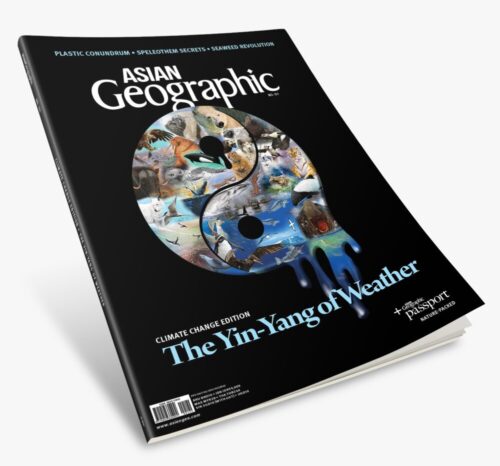
To continue reading and support against Climate Change, check out Asian Geographic Magazine Issue 6/2021 now. Get your copy here.
Subscribe to Asian Geographic Magazine here or for more details, please visit https://www.shop.asiangeo.com/




